EVALUATE
Tailored Solutions for Regulatory Excellence
COLLABORATE
Shaping Success Together
INFORM
Your Partner in GxP Thought Leadership
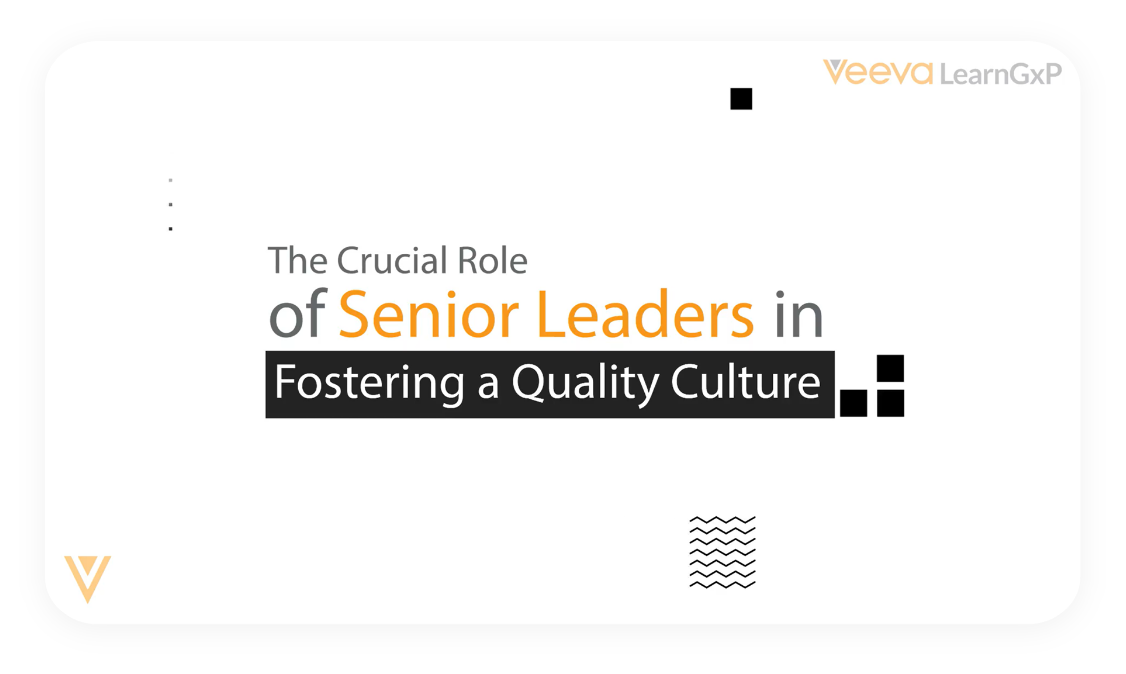
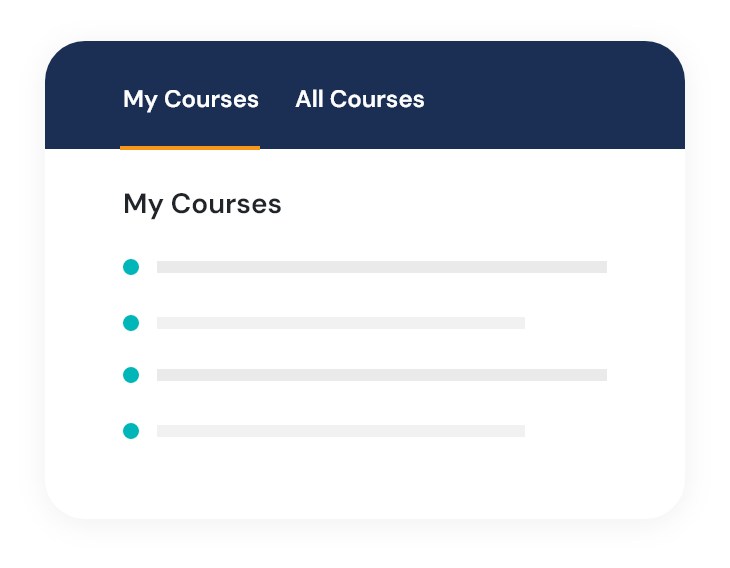
Navigating Compliance with Expertise
We recognize the significance of regulatory compliance in the life sciences industry. Our Learning Strategy Consultant (LSC) team is made up of industry experts who utilize a quality culture lens to understand customers’ needs, constraints, and contexts to offer comprehensive recommendations to optimize your training program. We consider ourselves an extension of your business, helping you define your organizational training objectives and creating a strategy to reach them.
With our Learning Strategy Consultants by your side, rest assured that your training program will go beyond meeting regulatory standards and advance your employees’ professional careers.
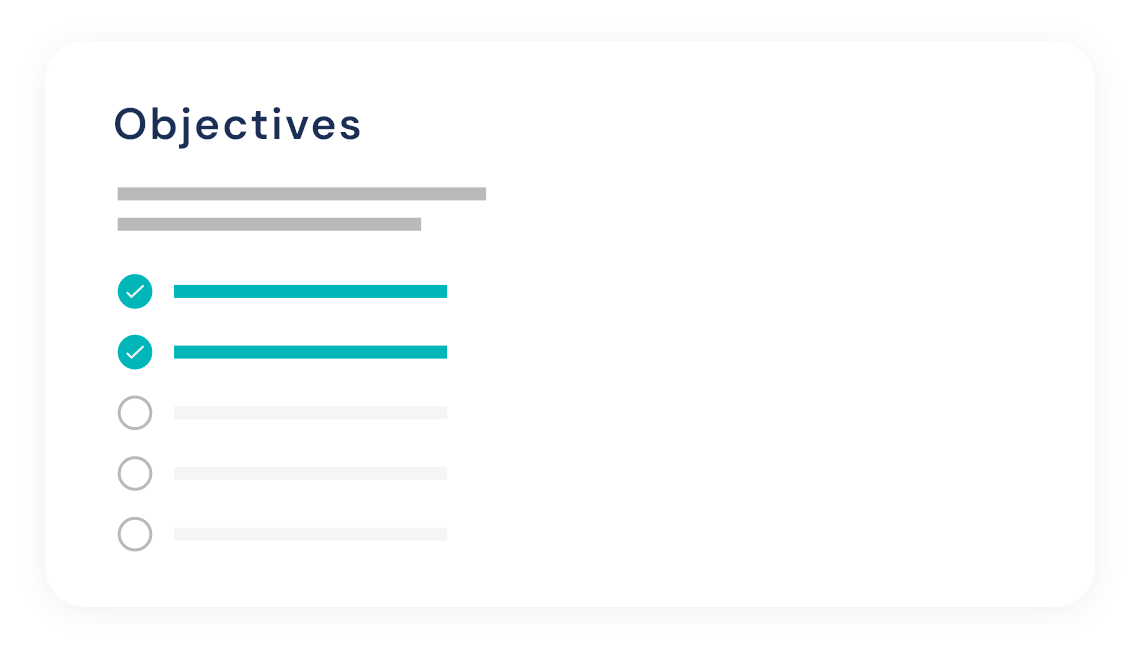
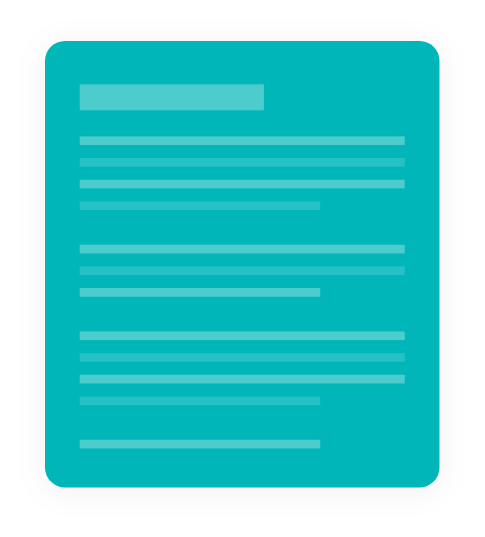
EVALUATE
Tailor your Training with LSC Guidance
We understand the challenges faced by training professionals. Regulatory compliance is crucial and designing an effective training program can be overwhelming. That’s why our team of Learning Strategy Consultants (LSCs) work closely with your training department and curricula owners, collaborating with you to develop tailored training solutions that align with your specific business needs.
Our approach helps you optimize your organization’s training program and ensure adherence to regulatory standards by:
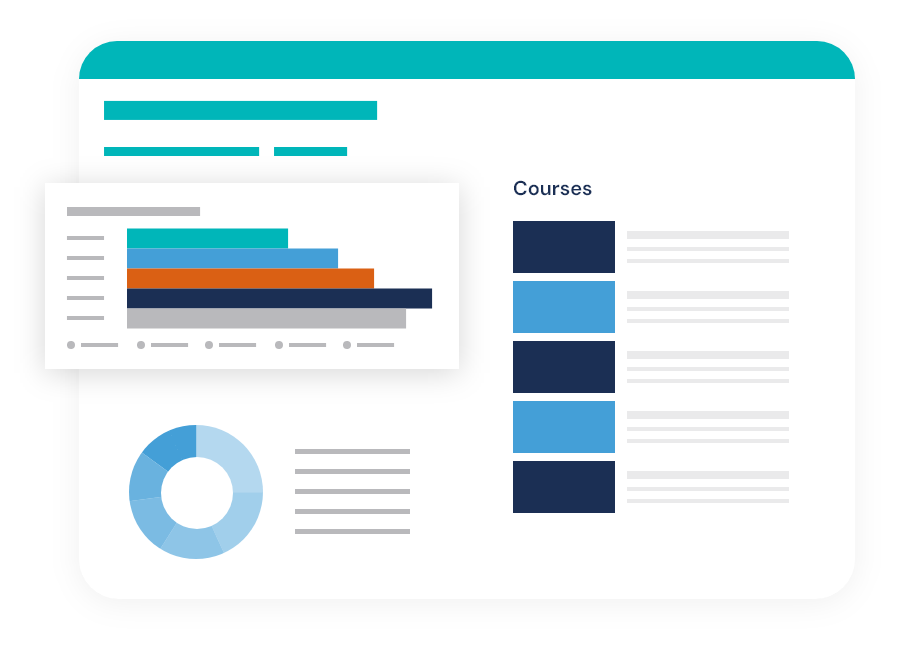
Collaborate
Your Partner in GxP Thought Leadership
Our ambition is to be the best and most trusted training solution in the life science industry, driven by our clients’ needs. We prioritize a customer-centric approach, valuing your input through regular meetings and open communication.
The Learning Strategy Consultant (LSC) team is dedicated to your success by continuously improving your training program and providing comprehensive, up-to-date content. Join us in creating a tailored learning experience that fosters continuous growth and regulatory compliance within your organization.
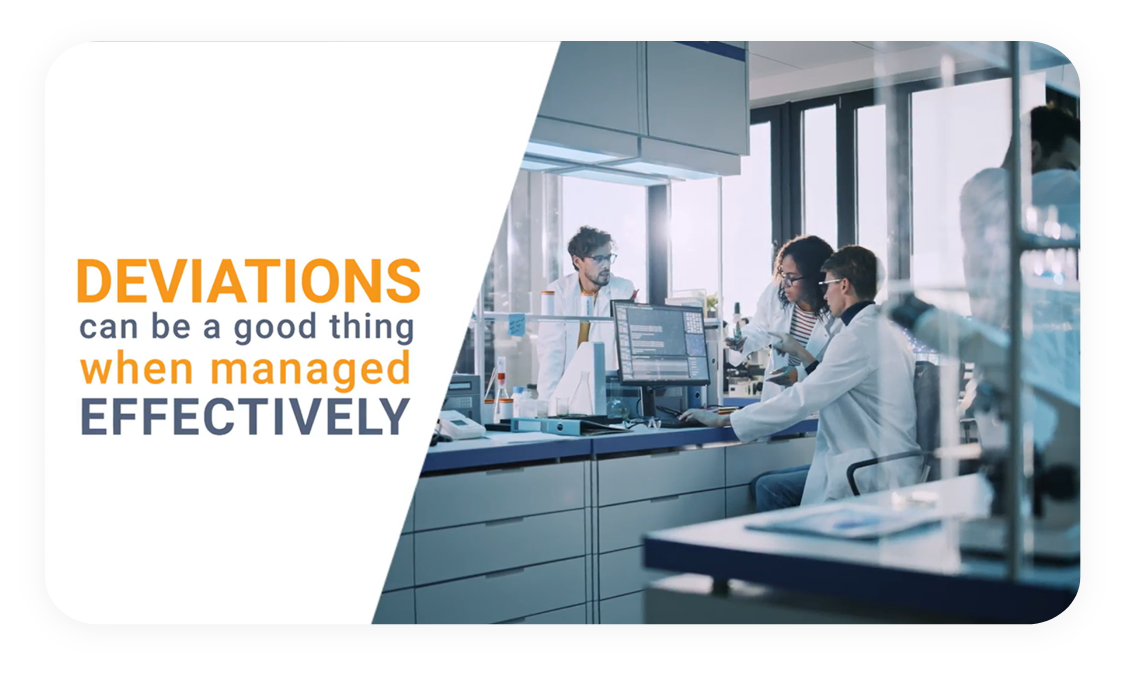

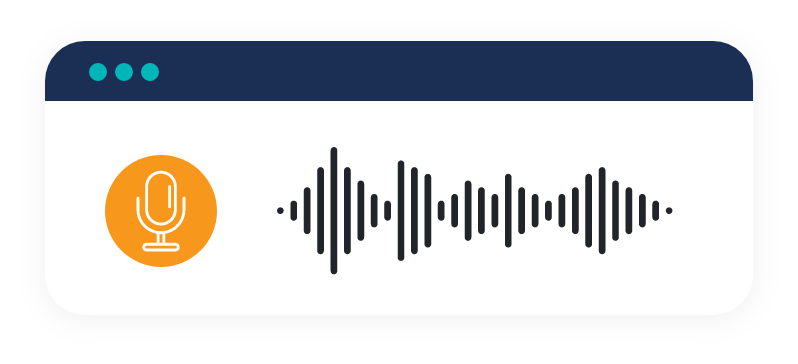
Inform
Expert Guidance for Regulatory Compliance
To keep our expansive content catalog current, we draw upon our extensive knowledge of the ever-evolving life sciences industry to keep you informed. Our LSC and Regulatory Surveillance teams offer the following solutions to help you stay on top of regulatory changes, build a strong quality culture within your organization, and ensure ongoing compliance:
LearnGxP Newsletter
Stay up to date on all things LearnGxP such as new course releases, upcoming events, and regulatory updates through the LearnGxP Newsletter.
Veeva LearnGxP Podcast
Tune into the Veeva LearnGxP Podcast, where our network of Subject Matter Experts share their valuable insights and experiences, providing you with an invaluable opportunity to learn from the best in the field.
Veeva Connect
Join us on our Veeva Connect community, where you can participate in insightful conversations with your peers to share ideas and get the most out of LearnGxP.
Webinars
Our informative LearnGxP webinars explore key topics in the industry and engage in meaningful discussions on subjects such as best practices in refresher training, going beyond your SOPs, and the latest on adult learning principles.
Courses
Browse our extensive catalog of GxP, Corporate Compliance and EH&S training.
Learning Strategy
Boost your organization’s training with LearnGxP’s Learning Strategy Consultants (LSC). They customize learning paths to match your needs, offering ongoing support for lasting success.
Customer Stories